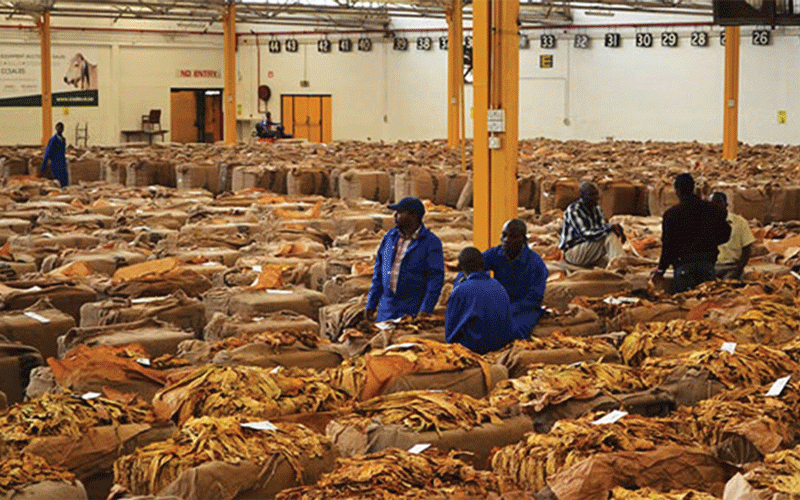
THE Reserve Bank of Zimbabwe (RBZ) says it has injected over US$100 million into the interbank foreign exchange market to meet growing demand for the dollar which had put pressure on the new currency, Zimbabwe Gold (ZiG).
In a statement last week, RBZ governor John Mushayavanhu said the central bank injected US$40 million on September 19. Earlier in the month, the central bank pumped US$24 million into the market. In July, RBZ injected US$50 million.
But this appears to have failed to quench the market’s appetite for the greenback.
Mushayavanhu said the cumulative foreign currency injection of US$64 million by the central bank in September would effectively mop-up significant liquidity on the market, thus further consolidating the stability of ZiG.
The injections are meant to clear the pipeline demand for foreign currency amid rising premiums on the alternative market which have fuelled a sharp depreciation of the local currency.
The country has witnessed a spike in prices of basic goods and services in the past month, reversing the gains following the introduction of the ZiG five months ago.
That the ZiG continues depreciating despite the injections signals two things. One, the injections could be a drop in the ocean amid rising demand as the transacting public uses more local currency than the greenback which means that retailers that used to get United States dollar revenue have seen it drying up. There are reports that companies are getting a fraction of their foreign currency demands in the formal channels. This could explain the rising premiums on the parallel market as firms adopt a survival mode.
Two, it could be that authorities are not addressing the root causes of problems affecting the local currency.
- RBZ blocks Harare US dollar charges
- Industry cries foul over new export surrender requirements
- One stitch in time saves nine
- Banks keep NPLs in safe territory
Keep Reading
A currency that has seen its reserves cover rising to four from three at launch should not be taking a sharp depreciation, more so when statistics show that foreign currency receipts have increased by 13,4% in the first eight months of 2024, compared to the same period last year.
In addition, gold prices have been firming on the international market, rising to US$2 622,33 per ounce yesterday from US$2 308,3 when the ZiG debuted on April 8.
That the ZiG has bucked the trend shows monetary authorities’ measures have not worked and are akin to prescribing medicine based on a wrong diagnosis.
The high informalisation of the economy, attributed to policies such as punishing taxation, has meant that there is no transmission mechanism of the monetary and fiscal policy measures.
There is an economy inside an economy that monetary and fiscal authorities have failed to bring on board.
However, the central bank believes it had done its part by exhorting “economic agents to comply with the stipulated foreign exchange framework in the pricing of goods and services”.
“The Reserve Bank will continue to entrench the stability of ZiG and ensure the smooth settlement of foreign exchange transactions through the interbank foreign exchange market,” Mushayavanhu said.
It is clear the measures have failed to work despite claims by authorities that they have ticked all the boxes, attributing the rout of the local currency to speculation. They are portraying a false show of bravery.











